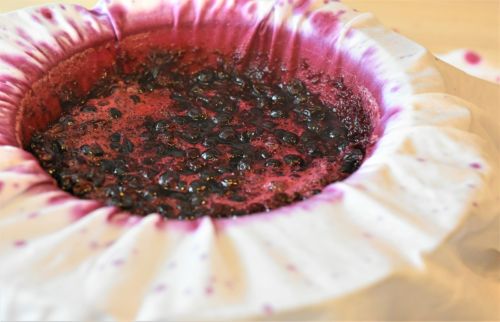Blocked Drains: What You Need to Know
However, there are certain tips that will help you avoid major blockages in your drains and keep them clean.
Let’s walk through them-
Soap remnants
Tip: Using a mesh wire guard for your bathroom’s plug holes is one approach to prevent the collection of such waste. This keeps the fat from collecting in the pipeline and keeps it intact.
Hair
Tip: One way to avoid hair blockages is when you wash your hair, don’t force it down the drain. Instead, place the strands in the trashcan after collecting them. Alternatively, you can also add a shower hair filter to the floor grate.
Oils and Fats
Tip: The best way to prevent such clogs is to avoid disposing of oils and fats in the sink or toilet, place them in a proper container, and dispose of them with the rest of your garbage.
Paint
How To Unblock A Drain Pipe Outside?
Solution 1: The plunger approach
Tools required
- Plunger
- Damp cloth wipe
If the waste pipe is blocked, fill up the space and position the plunger’s cup on the drain hole. To keep the pressure up, stuff the damp towel into the water overflow. Then forcefully pump up and down for a few minutes to see if the water level has dropped. It’s possible that you’ll have to repeat the technique several times to see positive outcomes.
Solution 2: The natural treatment
Materials required
- One cup baking soda
- Half cup vinegar
- Protective gloves
- Safety goggles
Start the process by pouring a cup full of baking soda into the blocked drain, followed by half cup of vinegar. After this, cover the drain entirely and let the concentrate sit for 30 minutes or so. Next, boil water and pour hot water down the drain for at least 2-3 mins. Check if the blockage got cleared; if not, follow the process a few times for optimum clearance.
Note– If the blockage occurs in a PVC pipe, refrain from pouring hot water because the heat can loosen up the fixtures.
Solution 3: Other easy tricks
While these might not give you results every time, these easy tricks can do wonders too.
- Borax- Take 2 cups of boiling water and add half a cup of borax; pour this concentrate in the blocked drain. Let the mixture work for 15-20 minutes, then run the water to clear any remaining debris.
- Alka Seltzer- Take four pills, drop them into the drain, and add a cup full of white vinegar. Let the concoction stay for 10-15 minutes, and then flush it with boiling water. This also helps to remove the foul smell of the drains.
Get Expert Assistance!
Outside drainage concerns are typically more complicated than a clogged sink. While you can use DIY measures for minor drainage issues, they aren’t always effective when there is a major blockage. If these don’t work, we advise you to stay away from more harsh methods. You risk causing damage to your external drainage system and worsening the situation.
A trusted drainage contractor like FS Drainage can be an excellent external drain unblocker and resolve your drainage problems. We work with 2 hour response time and will be there with you in case of emergencies as well.
Reach out to our FS Drainage engineers now by calling on 0800 689 3497 or email us at info@fsdrainage.com

